These plants come from many unrelated families, but they often share characteristics such as hardiness and low maintenance requirements.
Garden Pest Control: Natural & Safe Solutions
When many people spot pests on their plants, their immediate reaction is to use chemical pesticides. However, there are several reasons to reconsider this approach. So, how can one naturally control these troublesome pests without harming the environment or leaving harmful chemical residues in their beautiful garden oasis?
Before we get into this topic, it’s important to note that just because you see an insect or animal in your garden, that doesn’t mean it’s a pest doing damage to your plants. In fact, most of the critters you’ll find in a healthy garden are doing no damage at all and can even be providing defence to your plants from the real enemies.
Integrated Pest Management (IPM): A Comprehensive Approach to Pest Control
Integrated Pest Management (IPM) is a holistic and sustainable strategy for managing pest populations in an environmentally-friendly manner. Whether your pests are insects such as aphids, or larger creatures like possums, this method incorporates a mix of various pest control procedures to minimise pest damage whilst reducing the use of chemical pesticides. IPM can be employed in any setting, including private gardens, commercial crop fields, and public parks and gardens.

There are six fundamental methods of IPM: cultural, physical, genetic, biological, chemical, and regulatory.
1. Cultural
The cultural method of IPM involves modifying the growth environment to decrease pest problems. This could include utilising crop rotation to inhibit the expansion of pest populations, choosing plant varieties that are resistant to particular pests, or altering the watering schedule to curb the growth of disease-inducing fungi.
For domestic gardeners, this entails keeping the garden tidy, practising proper sanitation, and maintaining fertile soil. Cultural techniques can be particularly effective in preventing pests before they evolve into a problem.
2. Physical/Mechanical
Physical or mechanical methods are designed to control pests through barriers, traps, and other exclusion techniques. This includes crushing insects with your fingers, positioning sticky traps within a greenhouse, deploying bird netting to deter pests from consuming fruit, or using physical obstacles like row covers to keep pests away from plants.
Some physical methods prove most successful when you need to trap or exclude pests from a specific area, but physical barriers such as netting provide little assistance once a pest population breaches them and begins to multiply. However, spraying leaves with a hose is a physical method that can knock some pest populations down quickly.
3. Genetic
Genetic methods utilise biological processes to restrain the growth of pest populations. These methods encompass the usage of pest-resistant crops, whether that’s achieved through natural breeding or genetic modification.
Opting for these pest-resistant plants implies that the plants themselves are combating pest attacks, rather than requiring assistance from chemicals.
4. Biological
Biological methods leverage natural predator-prey relationships to regulate pest populations. This involves introducing natural predators like certain species of nematodes, ladybirds, and hoverflies into an environment to naturally control pest populations.
These can be introduced by creating favourable conditions, such as introducing companion plants, or through purchasing them from a vendor like Bugs for Bugs.
Moreover, biological methods can involve the deployment of microorganisms like bacteria and fungi, which can also be used to exterminate harmful pests. Instead of chemical pesticides doing the heavy lifting, you’re effectively enlisting help from other organisms that naturally attack the pests damaging your plants.
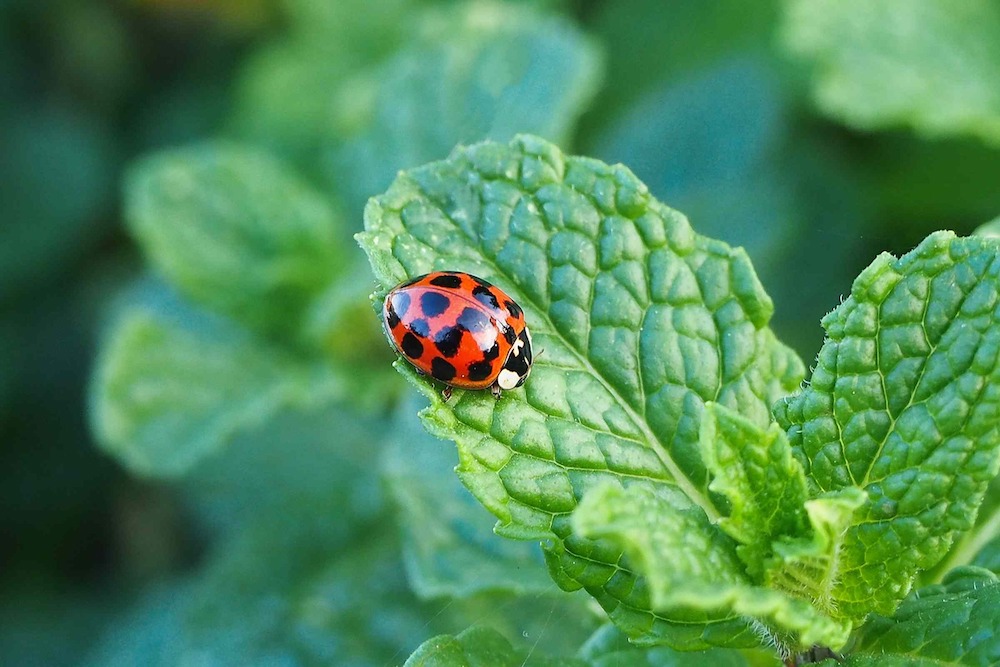
5. Chemical
Chemical methods have traditionally been the most frequently utilised form of pest control, but they should be employed with caution. Depending on the specific chemical used, they can have detrimental effects on the environment and human health, especially when they’re used off-label. Chemicals should only be utilised as a last resort in an IPM plan.
When deploying chemical methods, it’s crucial to adhere to the label’s instructions meticulously, wear protective equipment, and use only approved products. If you’re opting for chemical controls as an easy solution before probing other methods, you’re setting your plants up for failure in the long term, as we’ll discuss below.
6. Regulatory
Regulatory methods incorporate government regulations and policies designed to control the use of harmful pesticides. These policies might include restrictions on importing certain products across state or federal borders, or the necessity for business owners to adhere to specific guidelines when cultivating plants for sale.
While this technique won’t assist you once you already have a pest population in your garden, regulatory methods can help to prevent them from occurring in the first place.
The Usual Suspects: Identifying and Managing Common Garden Pests in Australia
There are thousands of pest types scattered across the country. Some can be categorised into groups, whereas some pests are quite unique. Without delving too deep into technicalities, here are a few of the primary types of pests you’re likely to encounter in your Australian garden.
1. Sternorrhyncha (True Bugs)
The Sternorrhyncha suborder of the Hemiptera order of insects includes many of the pests we all detest, such as aphids, mealy bugs, scale, whiteflies, and psyllids. They’re true bugs that may or may not have wings, but always possess sucking mouth-parts which they use to pierce plants and extract plant juices.
Over time, they leave our plants lacking in vigour and unable to photosynthesise efficiently. They can even transmit diseases from one plant to another. Ensuring there are small flowering plants around can attract the predators that feed on these insects, which are situated at the bottom of the food chain.
2. Mites
Mites are minuscule spider-like creatures that can be challenging to see with the naked eye. Technically, they aren’t insects but are arachnids more closely related to spiders. They’re particularly fond of roses, hibiscus, and many of our vegetable crops.
Like the true bugs mentioned above, they have sucking mouth-parts and their damage can easily be mistaken for aphids, although they are much smaller and leave webbing around the leaves. Just like many other insect and insect-like pests, encouraging predatory insects to gather is usually enough to protect healthy plants.
3. Caterpillars
Caterpillars are the larvae of moths and butterflies, which have munching mouth-parts that cut chunks out of leaves. They vary in size and colour but are typically green or brown. Caterpillars feed on leaves and can cause extensive damage to plants.
Please do not kill any caterpillars before you’ve identified whether or not you’ve got a damaging pest though, because we have a number of native moths and butterflies that are already under threat without you killing their offspring.
Once you’ve identified a white cabbage butterfly or diamondback moth larvae, though, take no prisoners and squish them all with your fingers!
4. Weevils
Like caterpillars, weevils have munching mouth-parts and so they tend to cut holes in the leaves of our plants. They’re small, brown beetles that feed on a variety of plants, including vegetables, fruits, and ornamental flowers. They can cause extensive damage to crops and gardens, and can be difficult to control.
Entomopathogenic nematodes are a biological control that’s shown to be successful in controlling populations.
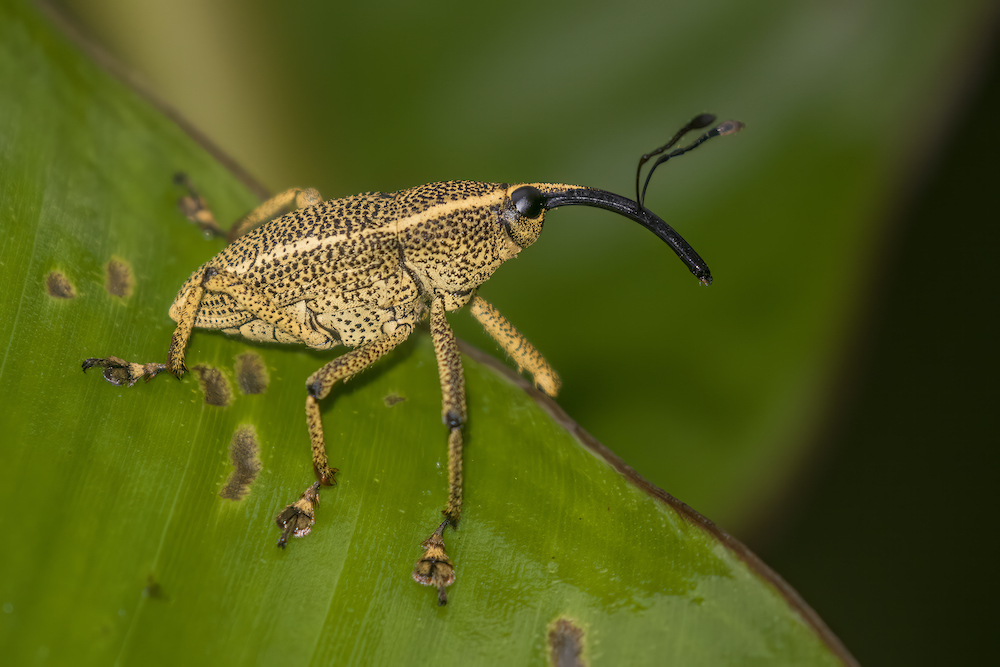
5. Earwigs
Earwigs are dark brown or black insects that have elongated bodies with pincers at the rear. Earwigs will consume just about anything and are known to feed on a variety of garden pests, including aphids, caterpillars, and snails.
They’re usually beneficial to gardens as they help to control populations of other pests. However, they can also damage plants if they occur in large numbers and run out of critters to eat. Diatomaceous earth is a handy physical control that can desiccate hard-shelled insect pests like earwigs, provided it remains dry.
6. Grasshoppers
Grasshoppers are medium to large-sized insects that are typically green or brown in colour. They feed on leaves and can cause extensive damage to plants. They’re particularly common in gardens during the summer months as the weather warms up.
You can purchase fungal pathogens that act as a biological control for grasshoppers, including Nosema locustae, Beauveria spp., Lecanicillium spp. and Metarhizium spp.
7. Leaf miners
Leaf miners are diminutive larvae that tunnel through leaves, causing them to become discoloured and distorted. Leaf miners are particularly damaging to vegetable crops such as spinach and lettuce, but they’re common in citrus trees and can be found in a variety of other plant families.
This type of pest doesn’t only belong to one insect family; leaf mining is a strategy that’s convergently evolved many times in the insect kingdom. Pruning your citrus tree only once per year before the growing season can deprive citrus leaf miners of the flush of tender leaf growth that they thrive in once the weather warms up.
8. Thrips
Thrips are tiny, winged insects that feed on the sap of plants. They are commonly found on a variety of crops, including vegetables, fruits, and flowers. Thrips can cause stunted growth in plants and may also transmit diseases from plant to plant.
Fortunately, there are numerous insects that feed on them including ladybirds, parasitoid wasps and predatory mites.
9. Possums
Not all pests are insects, of course. Brushtail possums can be a major pest in urban areas around Australia, especially along fence-lines where they’ll munch on as much of your star jasmine as they can reach. It’s hard to loathe them, though; they’re one of the few winners when it comes to native animals that have been able to adapt to the rapid urbanisation of the last hundred years or so.
Besides, they’re not very clever and all it takes to confuse them is a physical barrier – they won’t even attempt to slide under the netting if you haven’t bolted it down.
10. Birds
Rainbow lorikeets, cockatoos and other native birds are beautiful, and we love having them around. Until they start eating our fruit and peeling the bark from our trees, of course. They can cause some pretty serious damage not only to our crops, but our amenity plants and trees as well.
Gardeners have mixed results using decoy predators like rubber snakes and owls to scare them away, but the only real way I’ve ever found to keep them out is to use physical barriers like nets. Please don’t kill our native birds, even if they’re damaging your crops. That’s just simply not on!
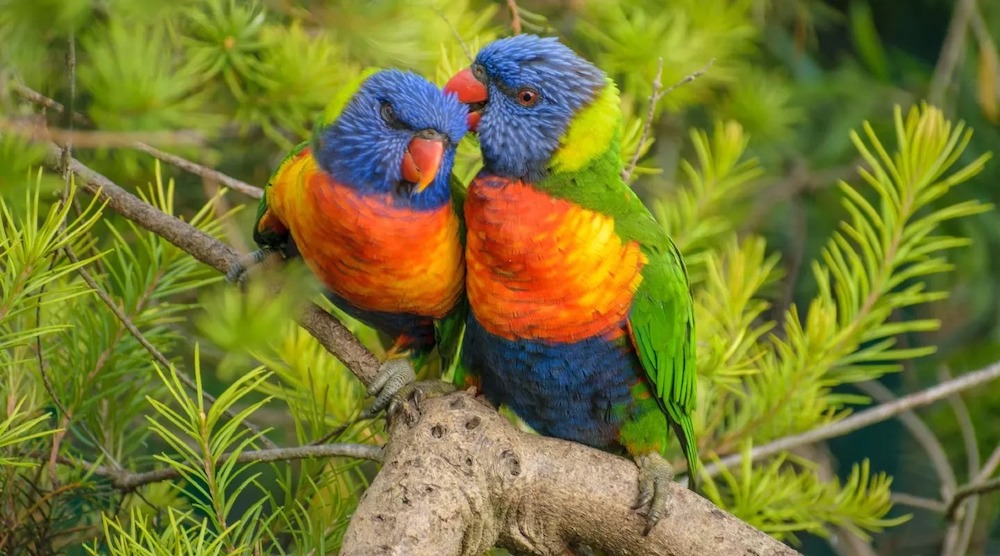
Prevention is Key: Tips for Creating a Pest-Resistant Garden
A pest-resistant garden is achievable if you adopt the right practices from the outset. Cultivate healthy soil, create a favourable growing environment, select pest-resistant plants, encourage beneficial insects, and maintain your garden clean and free from weeds.
These steps will help you avoid the use of synthetic pesticides, which can lead to pest infestations. Failing to foster the proper growing environment leaves you on the back foot in the relentless battle against pests, meaning you’re more likely to rely on pesticides.
1. Get the Growing Conditions Right
The first step in creating a pest-resistant garden is to cultivate a healthy growing environment. This is the “cultural” method of Integrated Pest Management (IPM) and includes factors such as water, light, soil, temperature, and air circulation.
A plant that grows in a suitable environment will be better equipped to resist pests, whereas a plant that grows in unfavourable conditions can barely survive at the best of times, let alone defend themselves from pests.
2. Build Healthy Soil
Healthy soil is the foundation of any pest-resistant garden. Soil supports plant growth, provides essential nutrients, and hosts microorganisms that help break down organic matter. Soil that is deficient in nutrients will lead to weak plants that are more susceptible to pests and diseases.
To build healthy soil, add organic matter such as compost, manure, and shredded leaves. Adding organic matter will improve soil structure, retain moisture, and provide essential nutrients.
3. Choose the Right Plants for Your Conditions
Before you make your purchase, research your plant choice’s resistance to common pests, diseases, and whether they’ll thrive in the growing conditions in your garden. This is the “cultural” method of IPM.
The right plants will thrive in your garden, attract beneficial insects, and ward off pests. Conversely, the wrong plants may require more maintenance and chemicals to grow and reproduce.
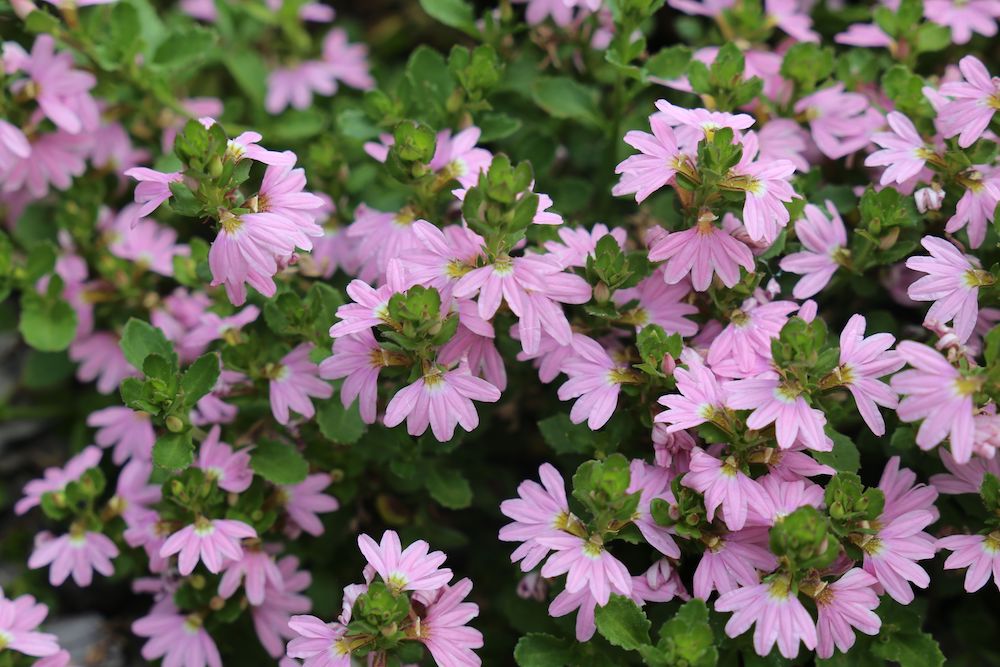
4. Encourage Beneficial Insects
Beneficial insects are natural predators that help control pests in your garden. Some beneficial insects such as ladybirds, lacewings, and parasitic wasps feed on a variety of pests.
By planting plants that have small flowers, such as PURPLE FUSION Scaevola ‘PFS100’ PBR, YAREENA Myoporum ‘PARV01’ PBR or Low Horizon Westringia fruticosa ‘WES06’ PBR, you can feed the adult life forms of hoverflies and parasitic wasps which will lay their eggs in your pests.
As gruesome as these predatory insects are, they’re effective! Using broad-spectrum pesticides will kill these types of beneficial insects alongside pests, which is one of the main reasons good horticulturists prefer not to use them unless absolutely necessary.
5. Keep Your Garden Clean and Weed-Free
Keeping your garden clean and free from weeds will reduce hiding and breeding spots for pests. Consider removing dead plant material, fallen leaves, and debris as they can harbour pests and diseases. Although, it’s important to note that the dead material provides habitat and food for a variety of beneficial insects.
Also, prevent weed growth as weeds can serve as hosts to pests. You can remove weeds by hand or use natural herbicide alternatives such as steam or boiling water. There are also chemical-free products you can use, although many natural methods to struggle to kill weeds with a deep root system.
6. Regularly Monitor Plants
If a pest arrives in your garden and nobody sees it, does it even exist? Yes. Yes, it does. By monitoring your plants regularly, you’re able to pick up on new infestations while they’re still easily controllable, and you can also track ongoing issues to ensure that you’re staying on top of them.
This could be as seldom as once a month when you turn up to a client’s house and do a quick lap around the property to inspect all of the plants. However, the ideal scenario is to check plants every day, which can be achieved if you’re a home gardener or running a nursery.
The more regularly you monitor your plants, the better!
Chemical Pest Control: Safe and Effective Practices
When all other options have been explored, chemical pesticides may represent the necessary last resort. As much as we might not wish to use them at all, let’s discuss how to use them safely and effectively so that we inflict the least harm on our environment.
Different types of pesticides offer varying modes of action and residual effects, so it’s crucial to choose the right one thoughtfully. Never apply a chemical pesticide for a plant health problem that you haven’t properly identified. A good doctor would never prescribe medicine for a health condition they aren’t completely sure exists.

1. Systemic vs Contact Sprays
When it comes to chemical pesticides, you have two types: systemic and contact. Systemic chemicals are absorbed by the plant and provide longer-lasting protection from pests. These may be applied to the soil or foliage.
Contact pesticides, on the other hand, kill only the pests that come in direct contact with the spray. These may require frequent applications and have a shorter residual effect. When considering what pesticide to use, consider whether you need immediate control (contact) or lasting action (systemic).
White oil is an example of a contact spray that’s a favourite among organic gardeners. It works by smothering the insects directly, rather than poisoning them. You can make it at home using a mixture of vegetable oil, water, and a detergent to ensure they combine.
2. Selective vs Non-Selective Options
Chemical pesticides can also be split into two other categories: selective and non-selective. Selective pesticides target specific pests, while non-selective pesticides kill anything they come in contact with.
Selective pesticides kill only the pests you want to get rid of, leaving other beneficial insects untouched. Non-selective pesticides, however, can wipe out whole populations of insects, including beneficial ones like bees and ladybirds.
One of the downsides of white oil is that it’ll kill most insects that it comes in contact with, so if you’d rather only kill one particular type of insect it can be less harmful to use a selective pesticide. It’s counter-intuitive, yet true in certain circumstances.
3. Safety Measures
When using chemical pesticides, your safety and the safety of those around you should be your top priority. Start by reading and understanding the label and familiarise yourself with the Material Safety Data Sheet (MSDS).
Always wear the proper protective gear like gloves, masks, and eye goggles, and read the label instructions thoroughly before using any pesticide. Well, maybe not homemade white oil – that one’s pretty safe as long as it’s just made from vegetable oil, water and detergent.
Keep the area clear of the public, children and pets, and ensure to dispose of any unused pesticide responsibly. Be aware of the potential hazards when using any chemical, and if you do experience any symptoms of pesticide poisoning, seek medical attention immediately.
Daniel’s Wrap
Creating a pest-resistant garden is not only achievable but also an essential consideration for any nursery business owner, landscape professional, or experienced home gardener who cares about the environment and the health of their plants.
By implementing the cultural, physical, genetic, biological, and chemical methods of Integrated Pest Management (IPM), you can effectively control pests while minimising harm to the ecosystem.
Embrace natural and safe pest control practices, and when necessary, follow proper precautions for the judicious use of chemical pesticides.
By adopting these approaches, you can achieve a thriving garden that’s beautiful, sustainable, and free from harmful pests.


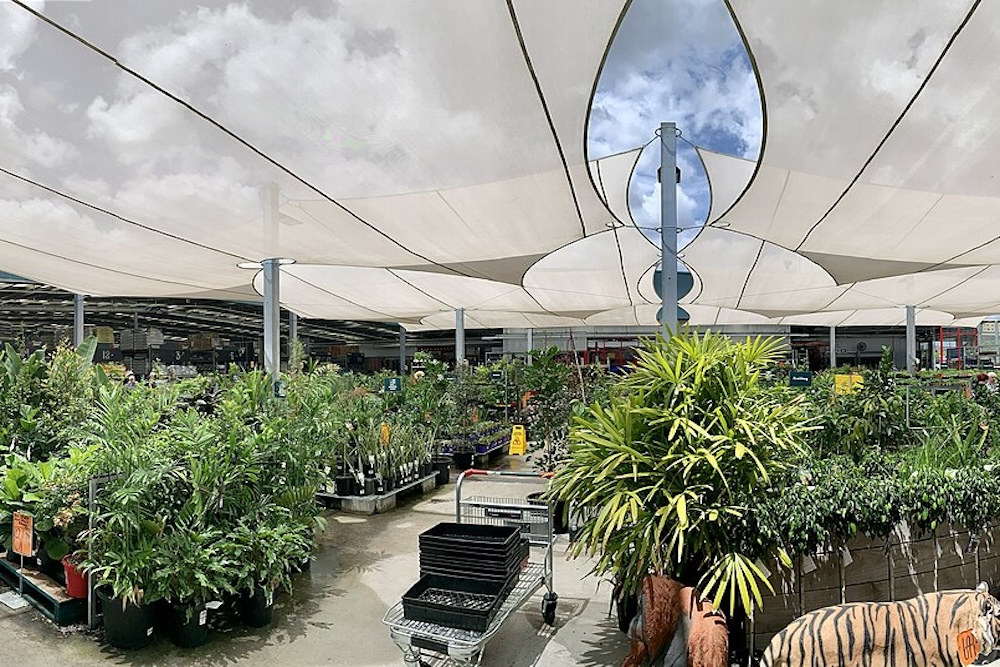
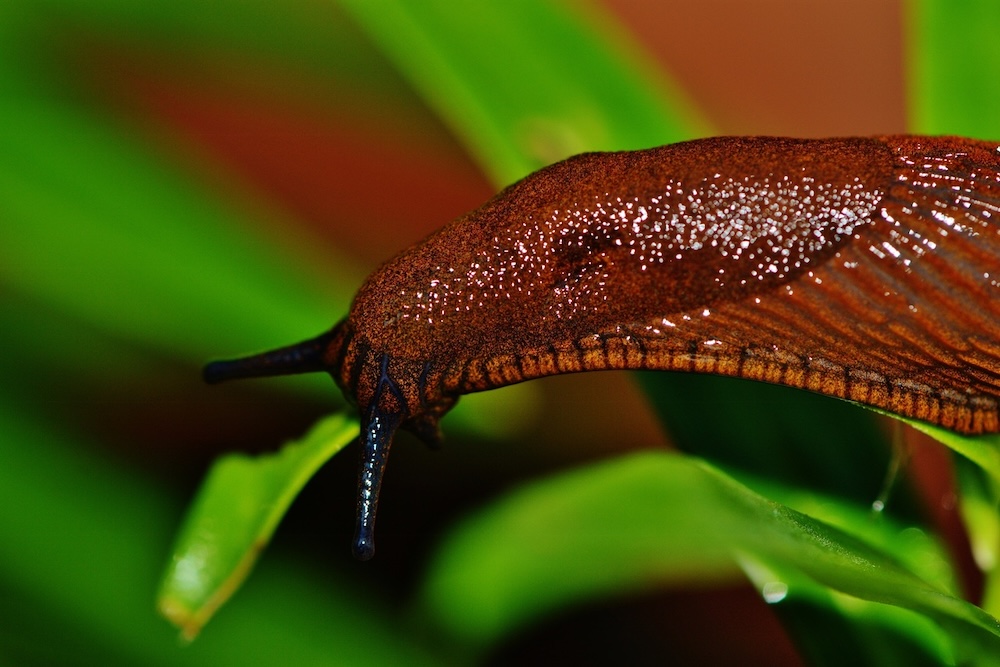
This Post Has 0 Comments